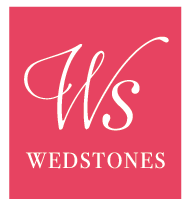
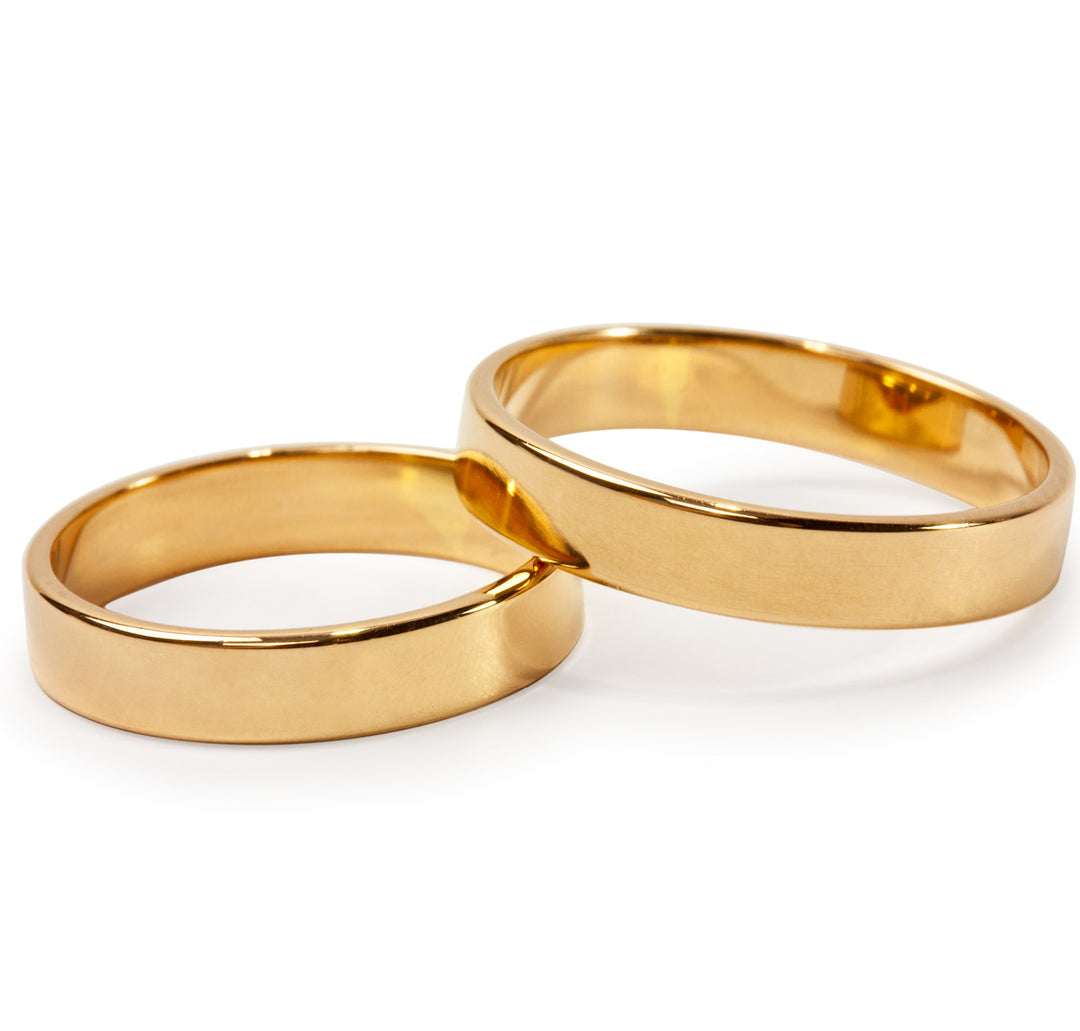
Yellow Gold: Yellow gold is the most traditional and classic form of gold. It is a mixture of pure gold, silver, and copper, giving it its characteristic warm, yellow hue. Yellow gold is commonly used in various types of jewellery, from rings and necklaces to bracelets and earrings.
White Gold: White gold is created by mixing pure gold with other white metals like palladium, silver, or nickel. It has a silvery-white appearance, often resembling platinum. White gold is a popular choice for engagement rings and other fine jewellery due to its elegant and modern look.
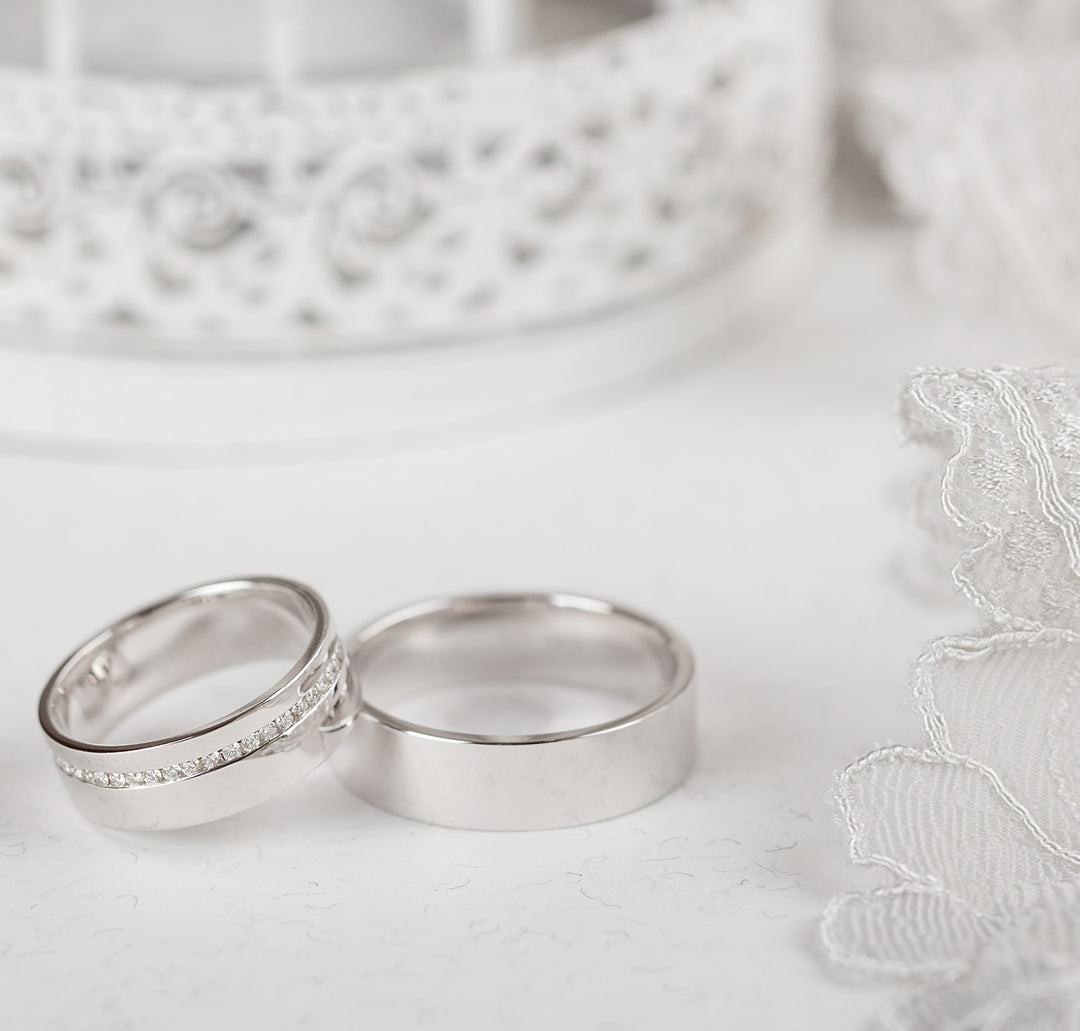
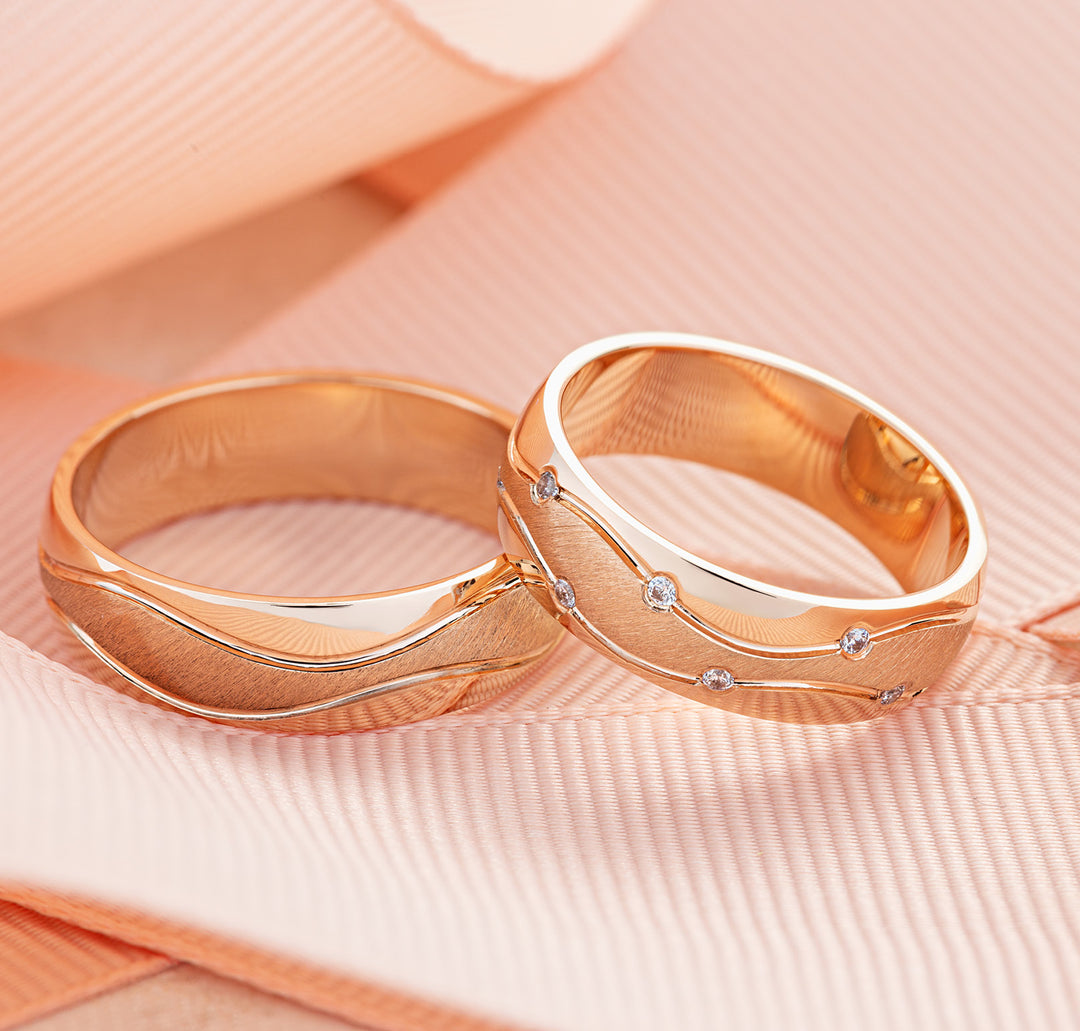
Rose Gold: Rose gold, also known as pink gold or red gold, is created by mixing pure gold with copper. The higher copper content gives it a beautiful rosy or pinkish colour. Rose gold has gained popularity in recent years for its romantic and trendy appeal.
9ct gold contains 37.5% pure gold (375 parts per thousand), making it more affordable and durable but less pure.
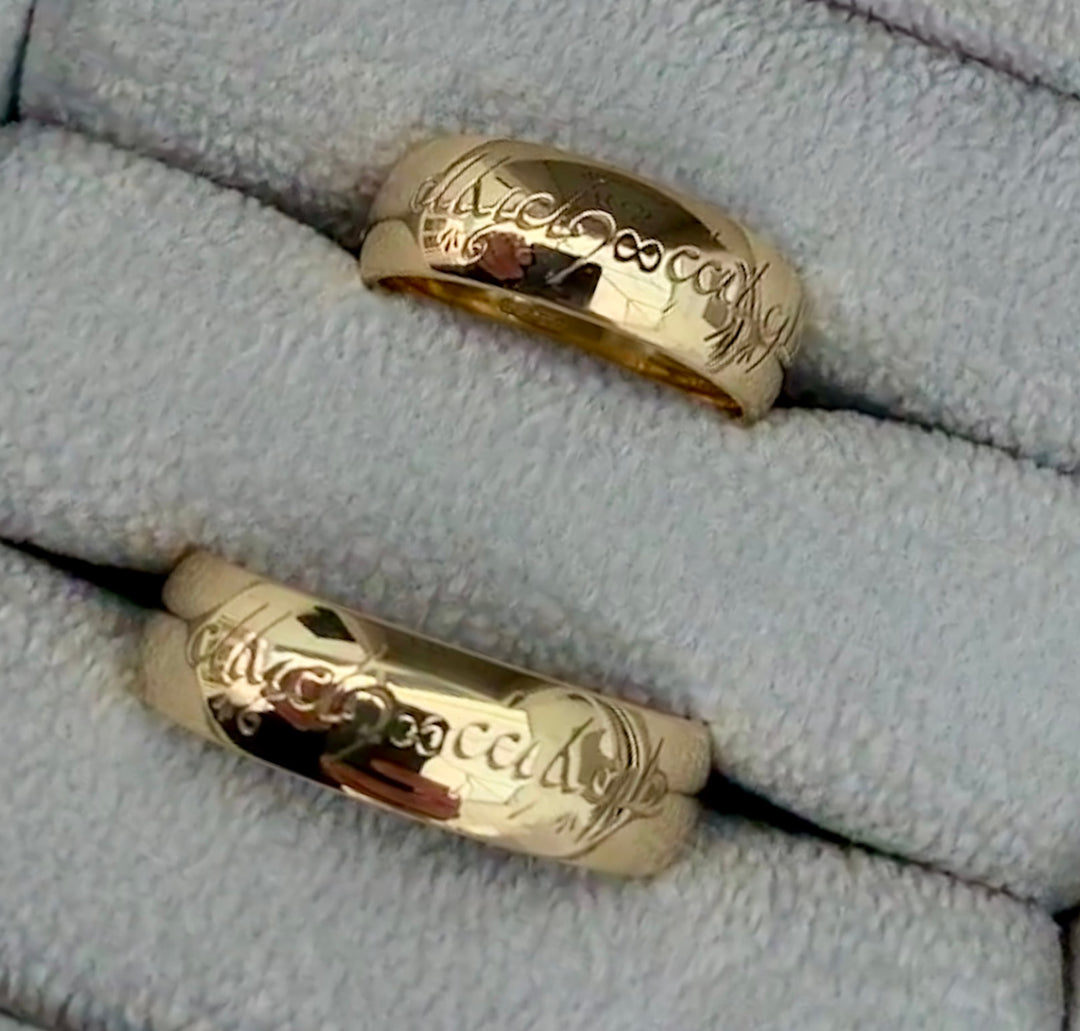
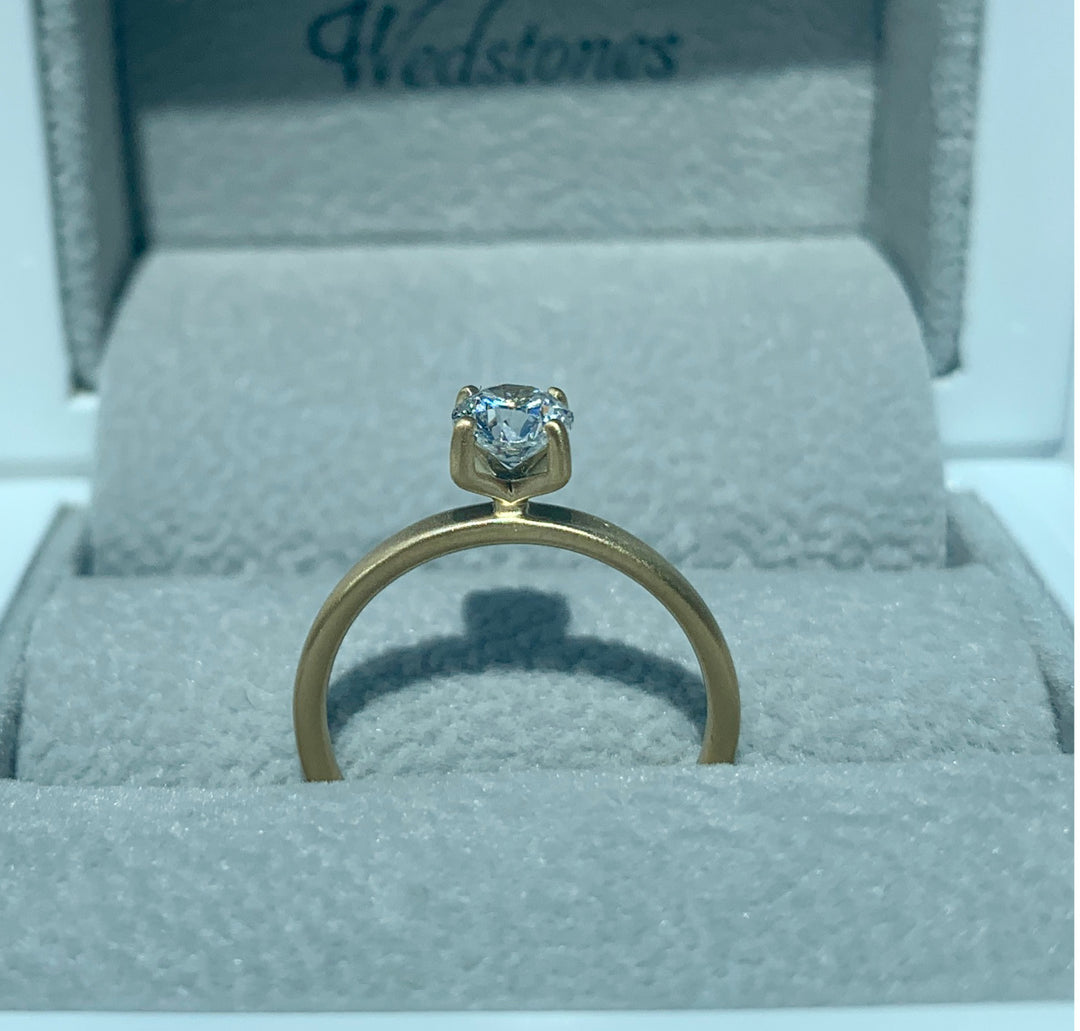
14ct gold contains 58.5% pure gold (585 parts per thousand) and strikes a balance between purity and durability.
18ct gold contains 75% pure gold (750 parts per thousand) and is considered more luxurious and valuable due to its higher gold content.
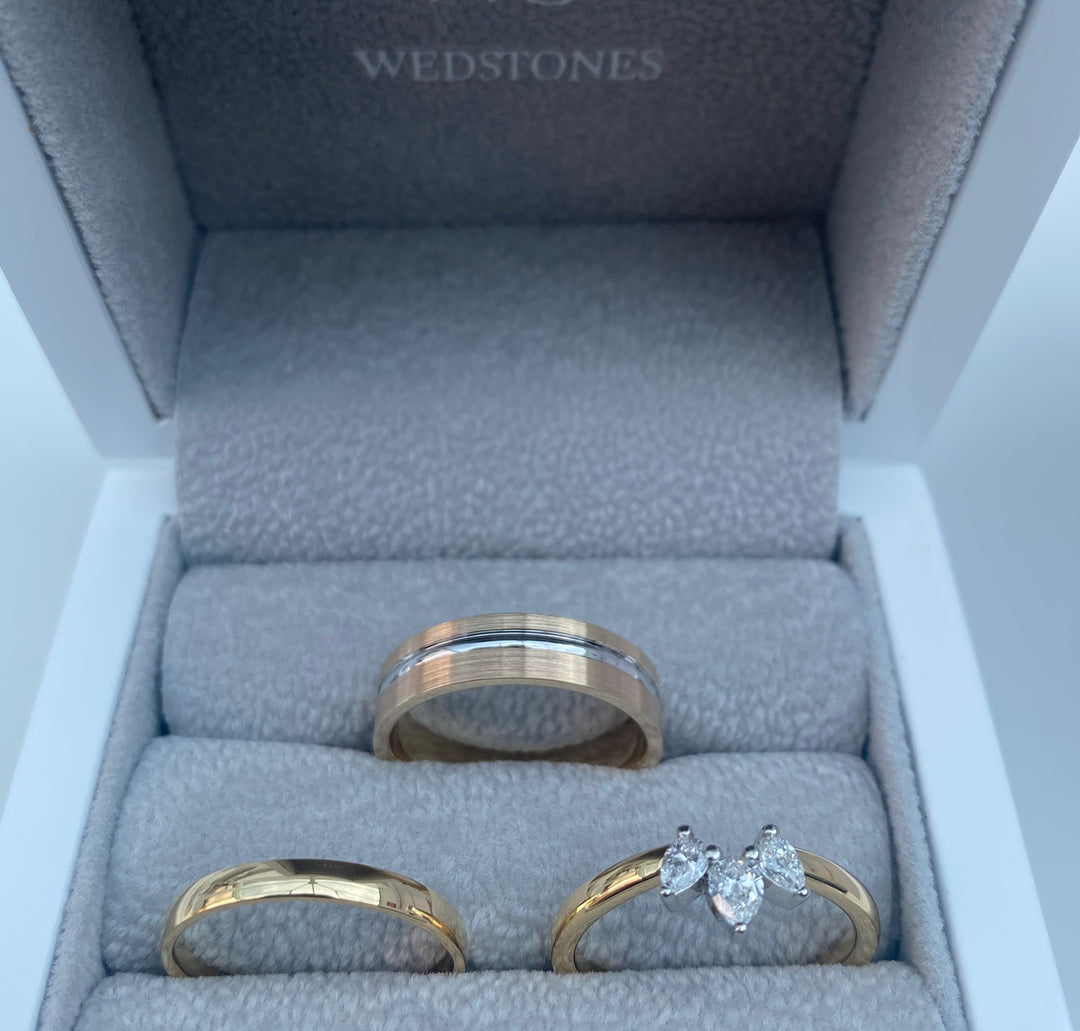
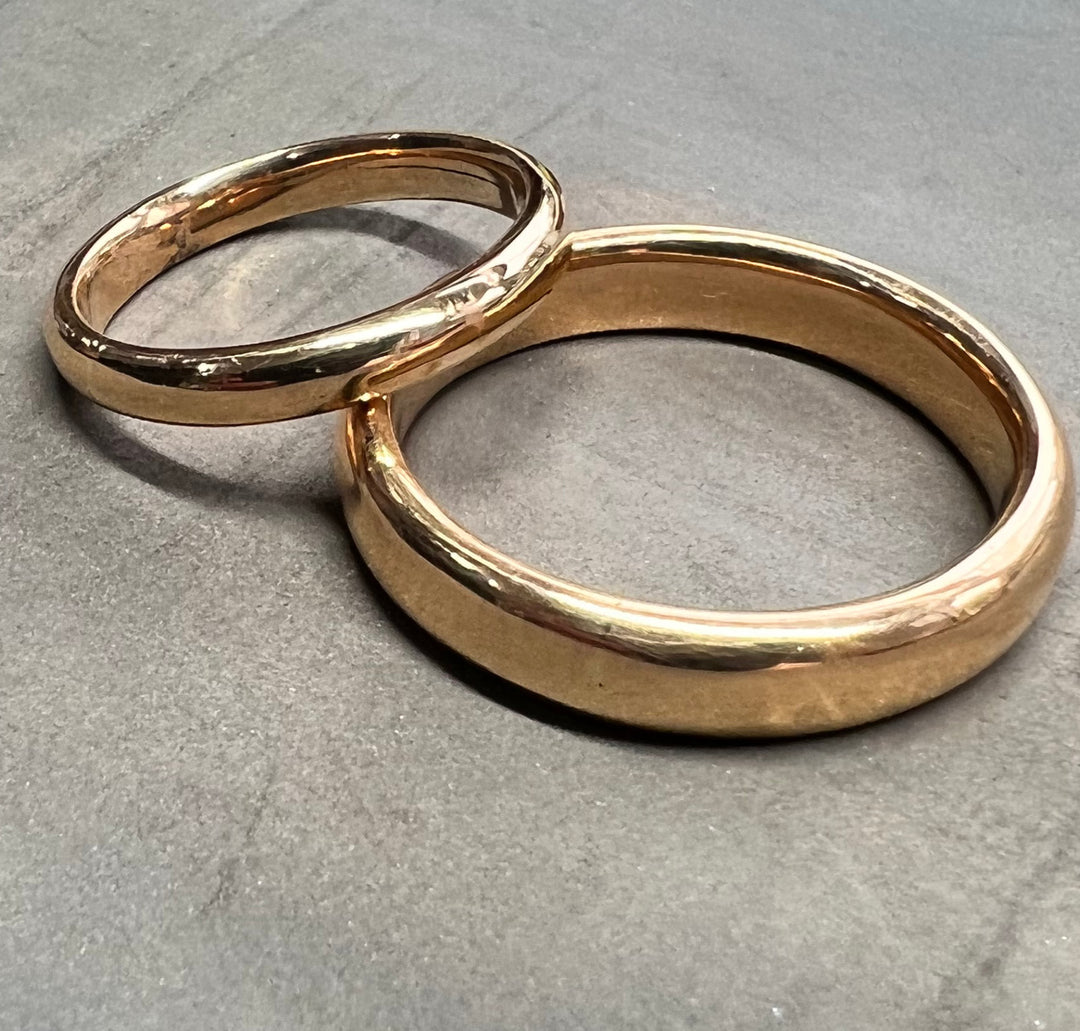
22ct Gold: 22ct gold contains 91.67% pure gold (916 parts per thousand). It is commonly used in very high-quality jewellery and coins. The higher gold content in 22ct gold gives it a rich and vibrant colour, making it a popular choice for intricate and fine jewellery designs. Due to its high gold content, 22ct gold is relatively soft, making it more susceptible to scratches and wear compared to lower carat gold.
Platinum: Platinum is a dense, white precious metal known for its strength and rarity. It's hypoallergenic and doesn't tarnish, making it an excellent choice for jewellery. Platinum is usually more expensive than gold due to its scarcity and unique properties.
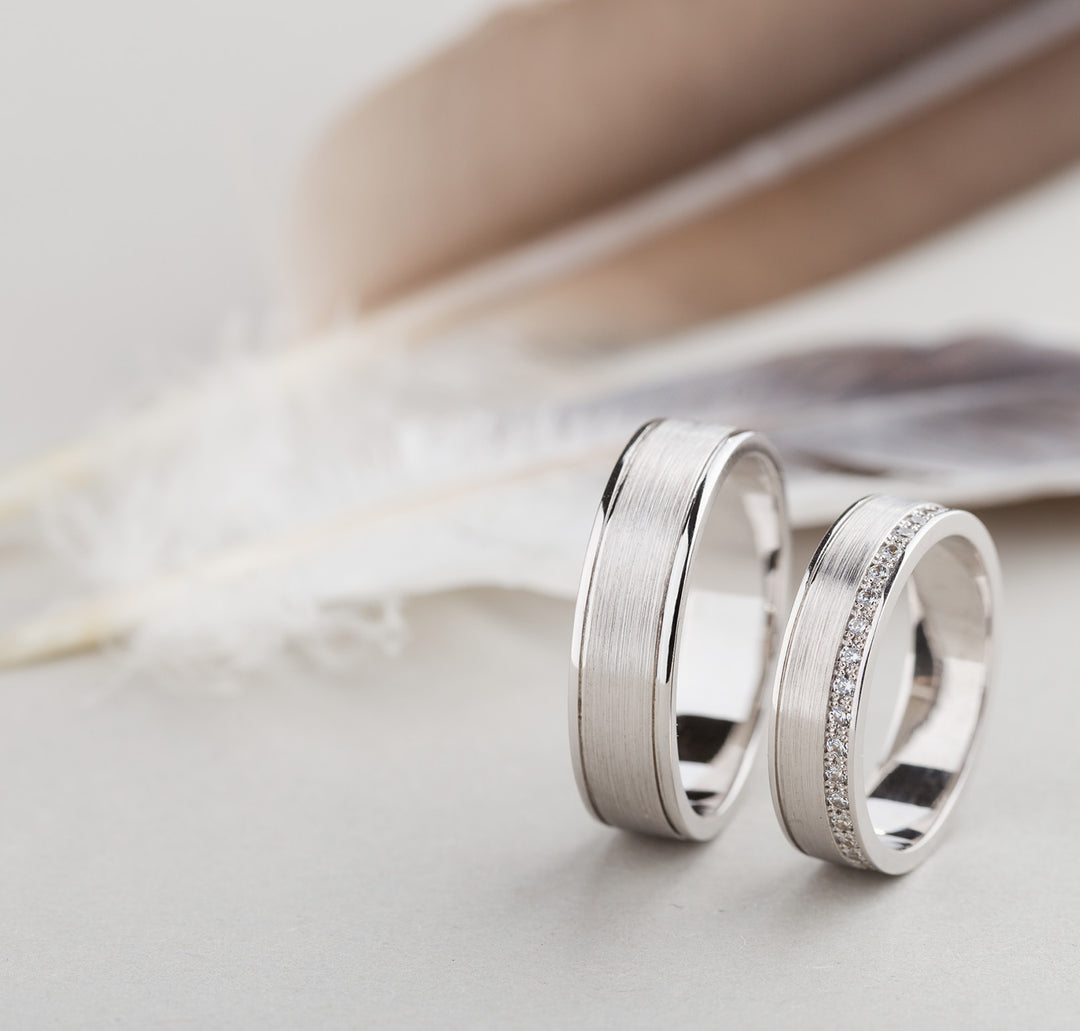
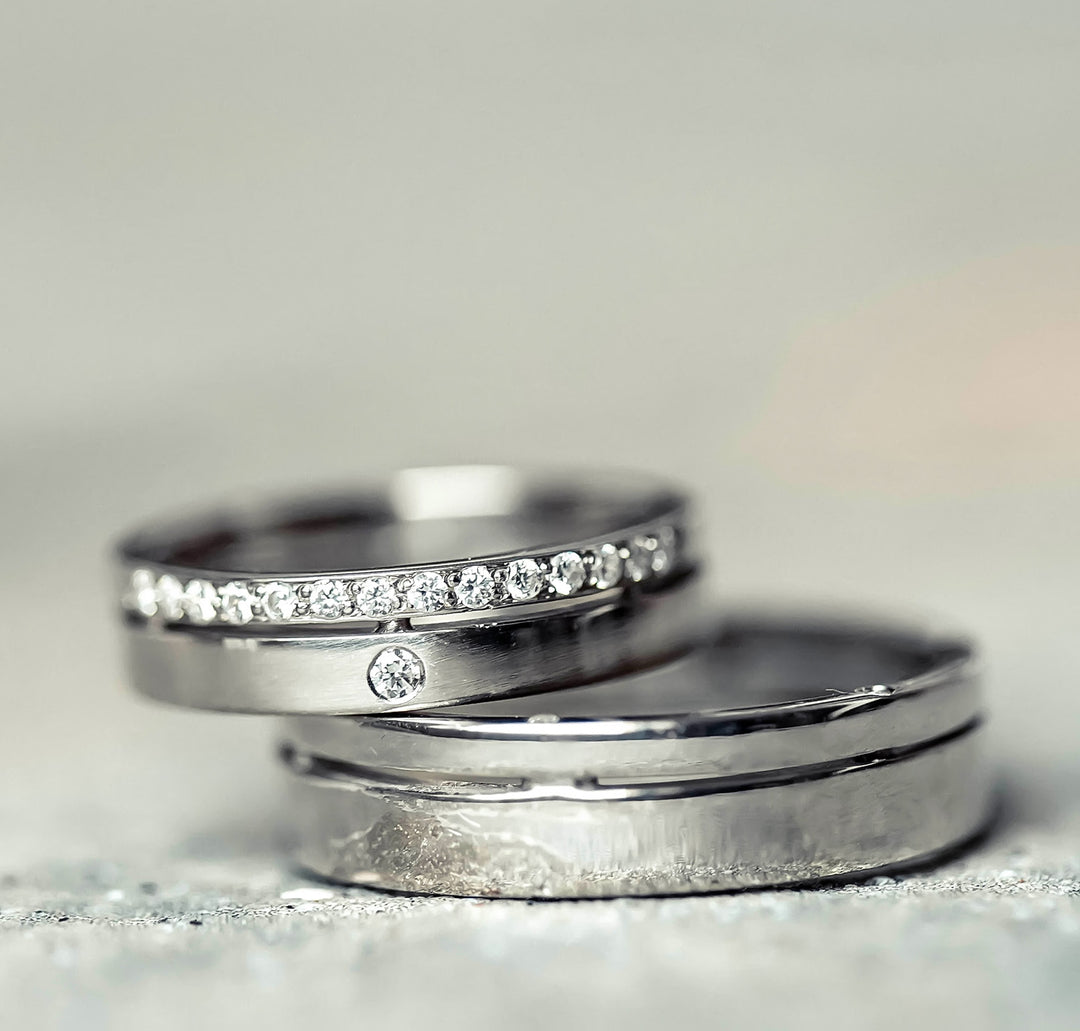
Palladium: Palladium is another white metal that closely resembles platinum. It is lighter and less dense than platinum but shares similar durability and hypoallergenic properties. Palladium is often used in jewellery and, more notably, in catalytic converters for vehicles.
Silver: Silver is a lustrous and versatile metal used for various applications. Sterling silver, the most common form of silver used in jewellery, consists of 92.5% pure silver mixed with copper or other alloys for strength. Silver jewellery can range from delicate and affordable pieces to bold and artistic designs.
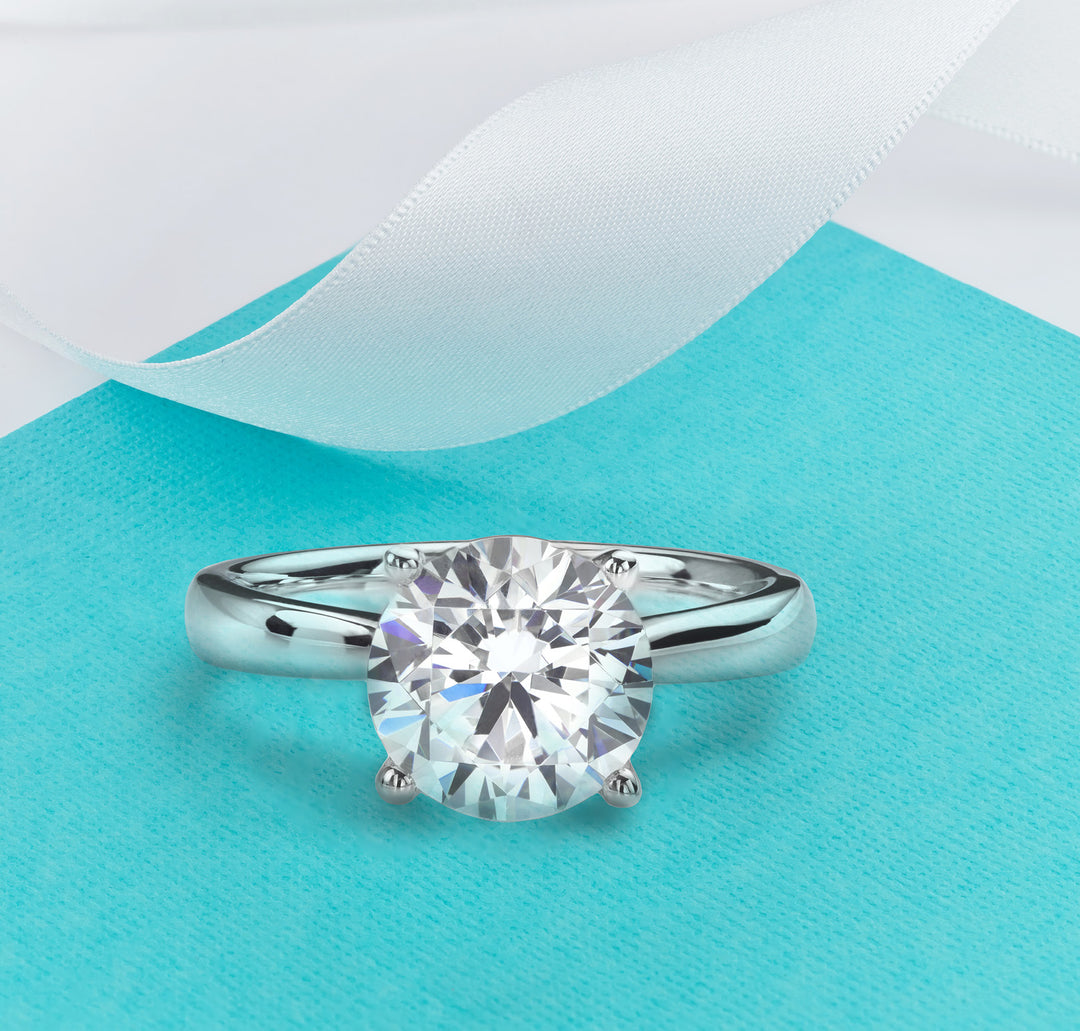
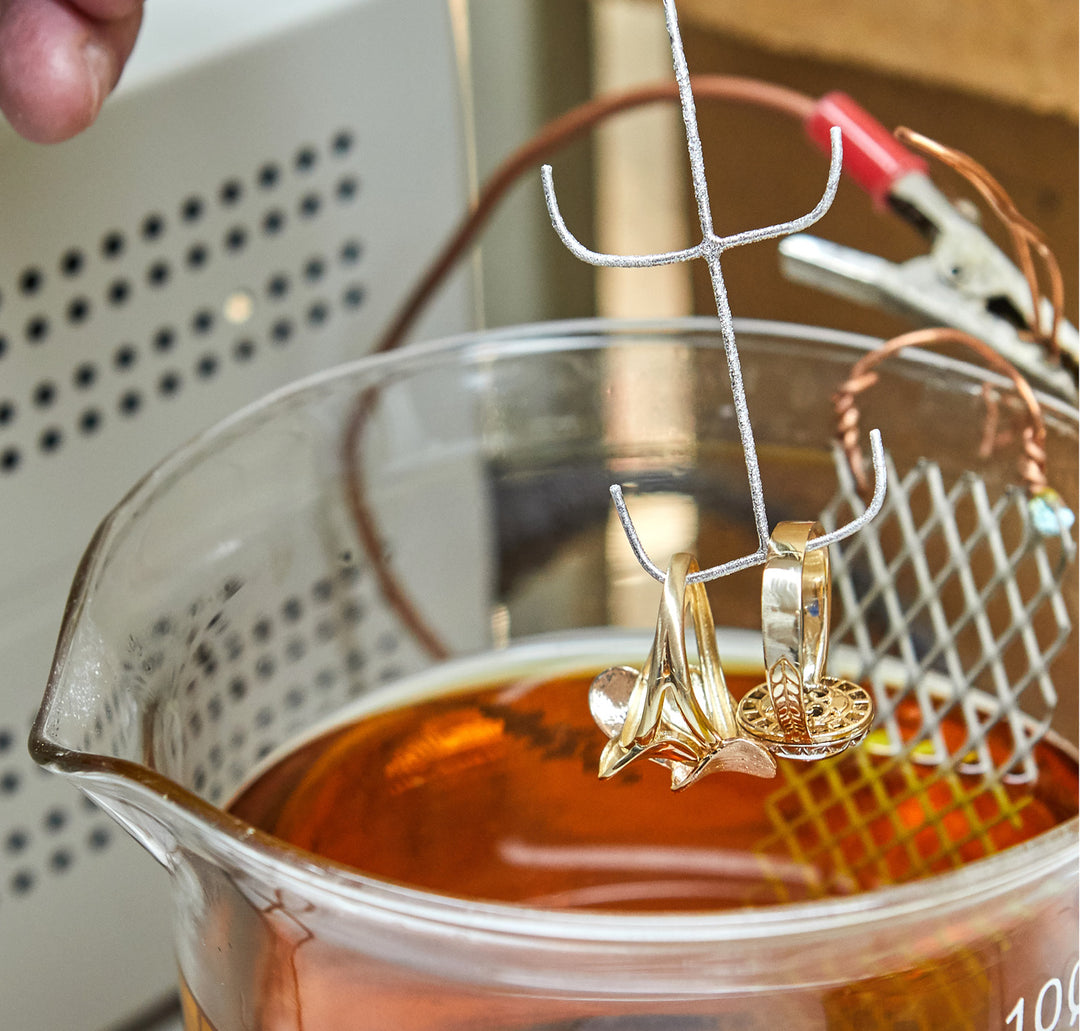
Rhodium: Rhodium is the most expensive of the precious metals due to its scarcity and unique properties. It's primarily used in catalytic converters and some very high-end jewellery. The rhodium market is relatively small, leading to higher price fluctuations. Rhodium is also used as a plating to protect white gold make it look bright white.
